Emotional design is the link between neuromarketing and personality neuroscience. The goal is to appeal to a range of emotions in consumers, guide them to the end of the sales funnel and ultimately "manipulate" them into making a purchase decision. You achieve this by incorporating emotional touch points into your marketing strategy that make your audience physically or emotionally engage with the ad.
Content Storyline: Use your content to tell a story
People are quickly captivated by a story. They are attracted to anything that takes them out of their normal, boring everyday lives psychologically. Play with their imagination, create a hero or protagonist and tell a story with your content. You should keep the basic format of a story:
- Problem
- Solution
- Demonstration
- Call to Action
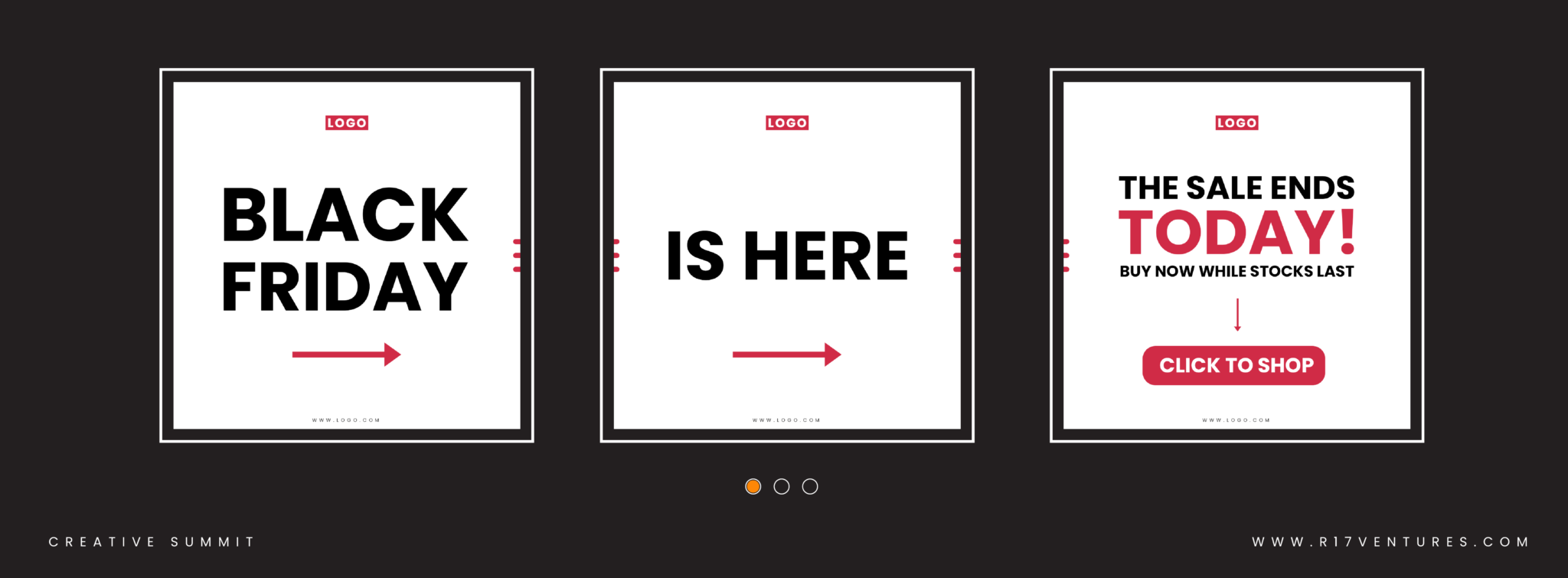
Use FOMO (the fear of missing out)
Nobody wants to miss out on a good offer. Create a conflict between consumers' reason and their emotional need to want to win. By doing this, you create a compelling sense of urgency that appeals to the customer's brain stem and makes them act impulsively.
How do you achieve this? Promote offers that are only valid for a limited time or a limited edition product. Offer loyalty programmes or exclusive memberships. This not only increases the chances of conversions, but also makes your brand even more desirable through exclusivity.
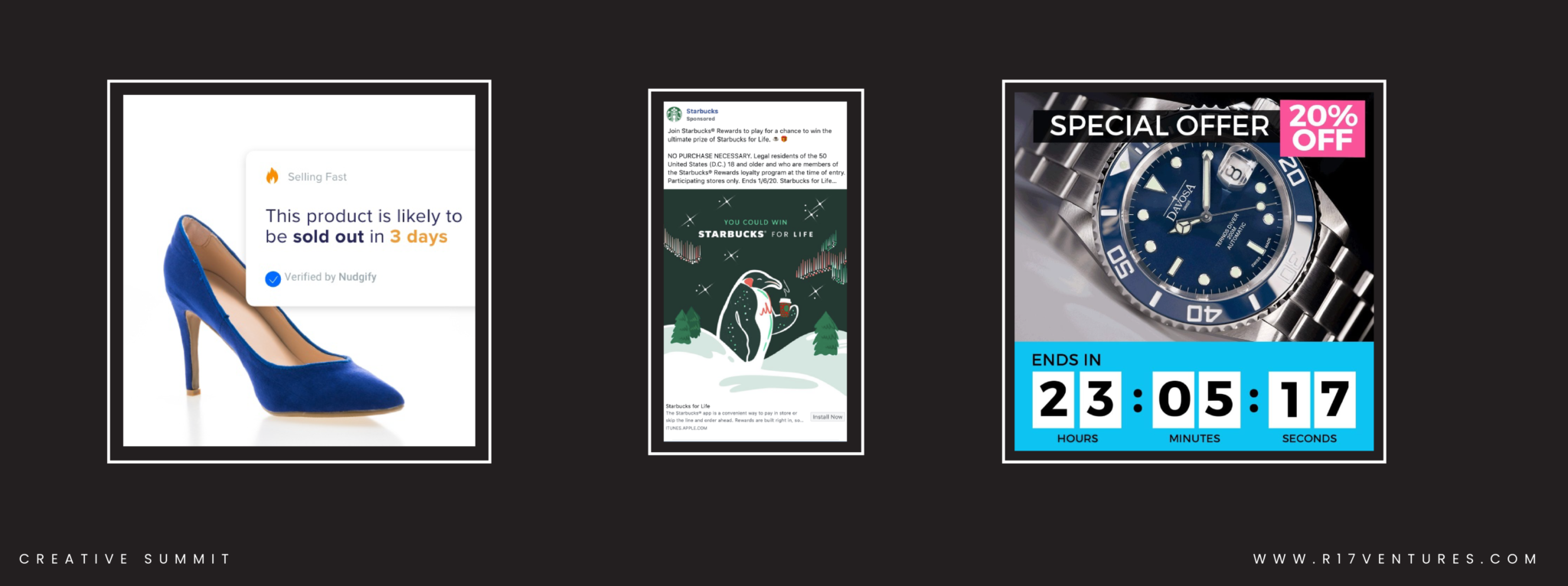
Make your audience feel special
The desire to be special is a strong feeling that often influences purchasing decisions. Consumers buy products that either make them feel like they belong, are unique or superior to others. By tapping into this urge, you increase the popularity of your brand.
Give your product or service a certain image: high quality, distinctiveness and exclusivity. Use UGC (User Generated Content), product demos and customer spotlights for this purpose.
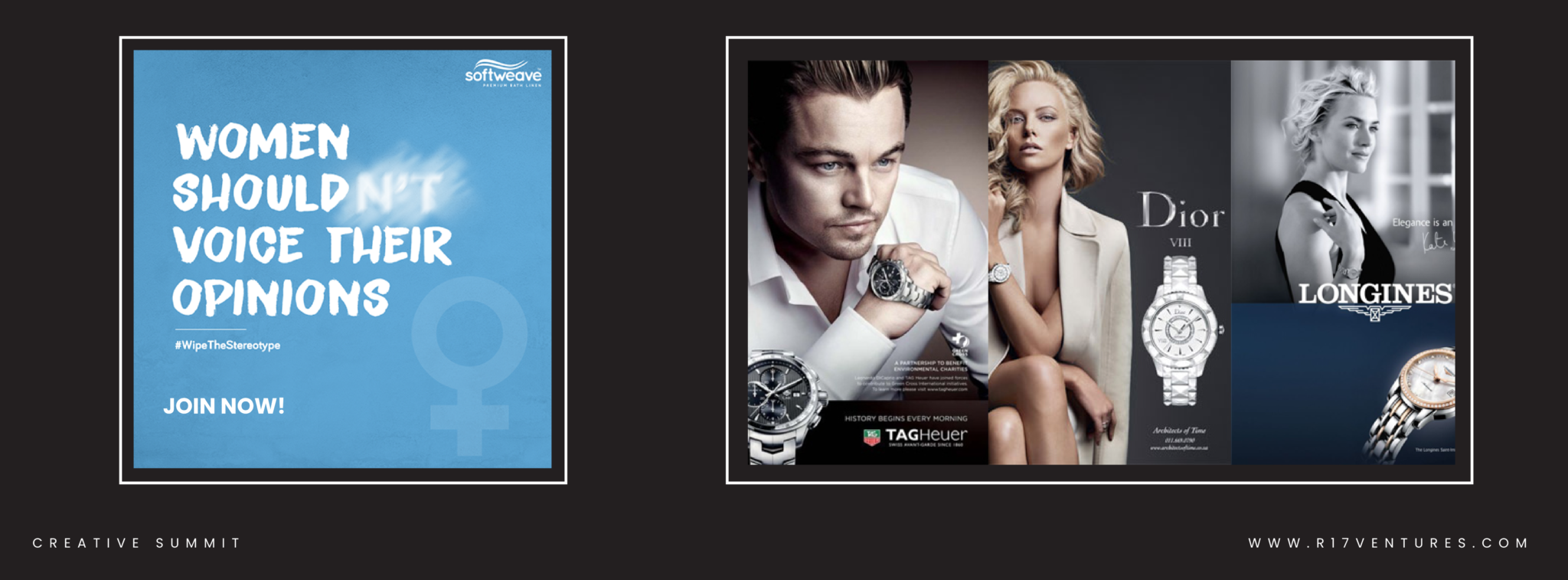
Convey a sense of belonging
As mentioned earlier, the likelihood of customers interacting with your ad increases if you make them feel liked, accepted and important. Content that makes them feel this way has a high chance of going viral.
Focus on creating a brand rather than a company. Present your brand as a lifestyle or club that evokes these emotions in your customers. Apple is a great example of this: users often feel that Apple is a part of them.
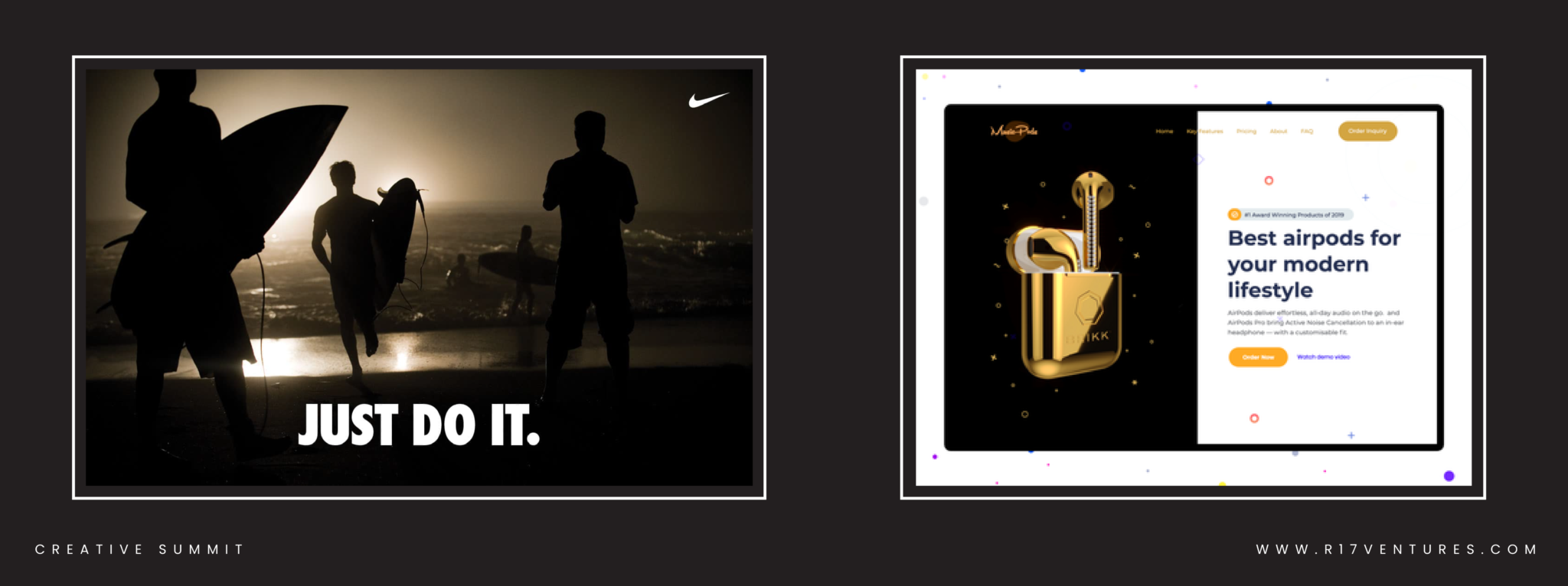
Use mystery to make your advertising look intriguing
Unanswered questions are fascinating. Consumers want to know the answers. Ads that pose questions create a sense of mystery that will make your audience want to find out more about your product, service or brand.
- Ask questions in your advertising title and provide the answers in the content.
- Use mysterious elements and colours.
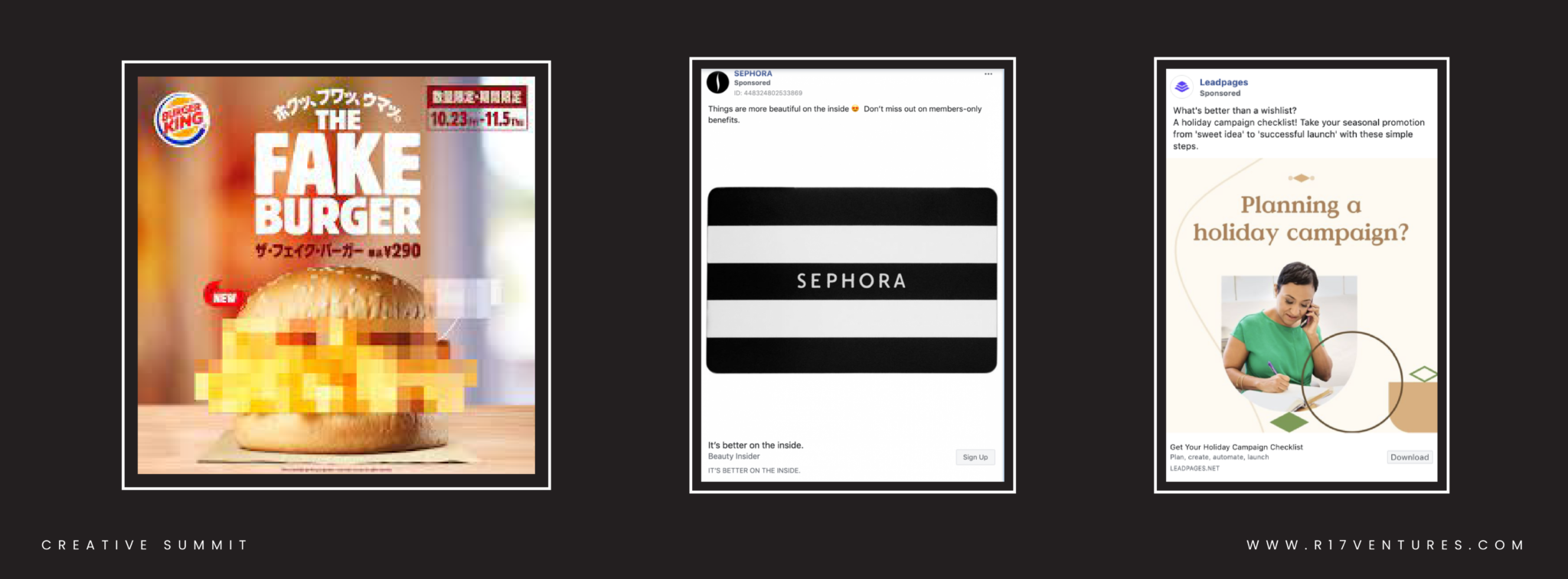
Help consumers achieve their goals
The feeling you get when you achieve something is indescribable. The power that dopamine and serotonin have over your body is incomparable. For most people, even the most mundane goals involve a lot of anxiety, longing and self-esteem. If you can figure out what your audience wants, that's half the battle.
Help your clients achieve their goals, be it weight loss or financial stability. Think about a strategy to find the right starting point and use surveys to gather information about your customers. This is a good way to find out what needs or wants your target group has. Then use this information to offer them the perfect product or service.
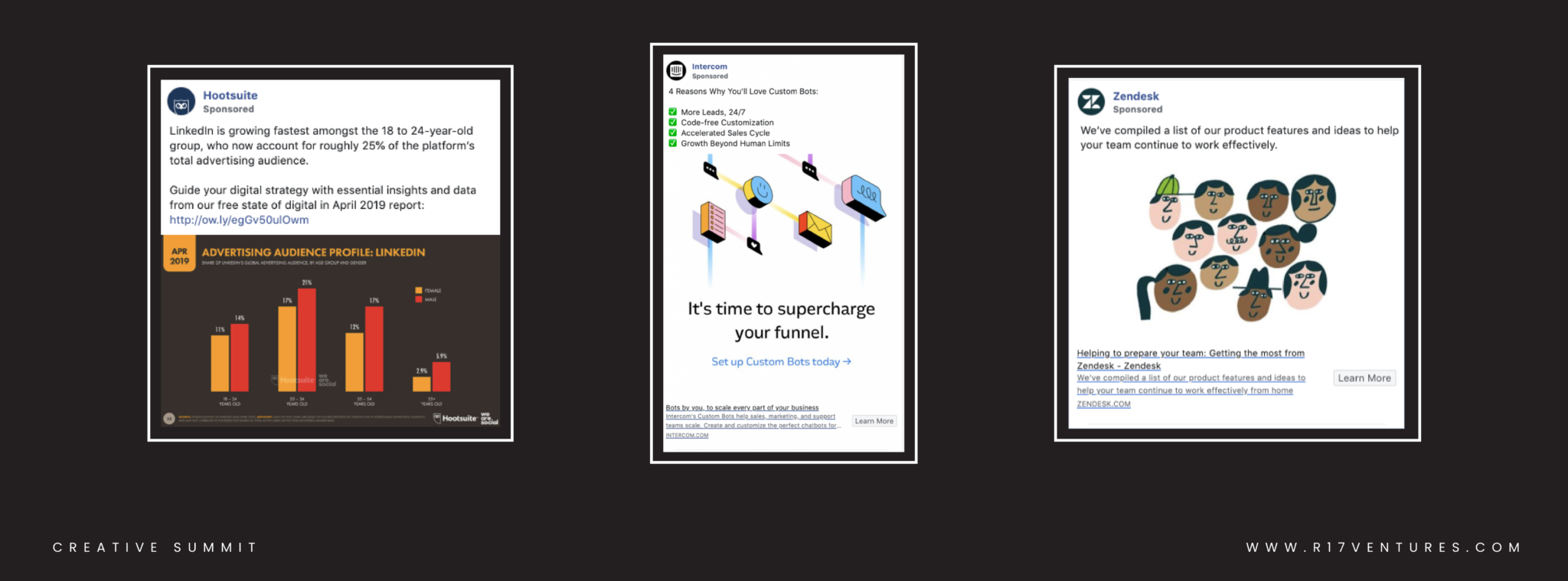
Use humour
People don't just like to laugh because it makes them happy. The increase in dopamine and oxytocin levels leads to a strong decrease in cortisol levels. This results not only in a feeling of happiness, but also in relief, stress reduction and feelings of connectedness.
Consumers then associate your brand, product or service with these emotions, which in turn creates a long-term effect of trust and loyalty. Your audience then literally feels better just looking at your logo. Find out what your target audience finds funny and use that in your content - be it written, spoken or physical. But be careful: too much humour can compromise the authenticity of your brand. Don't risk becoming a joke.
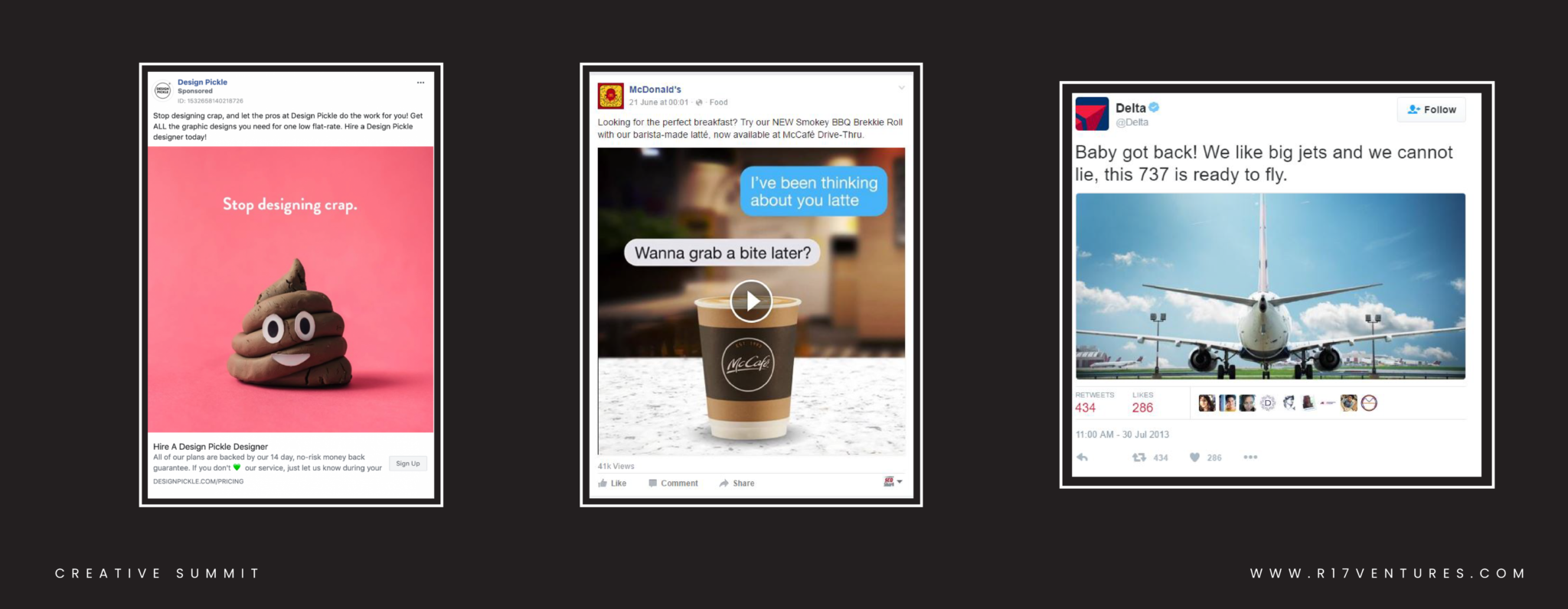
Surprise your audience
By adding surprising elements or by breaking the usual pattern, your brand can remain interesting enough to be remembered by the audience. Use
- sudden twists and turns in the storyline
- Surprising facts that you would not believe at first
- Uncovering misconceptions that may exist about your brand
Find out what can make your audience hold their breath and your brand is well on its way to becoming more memorable.
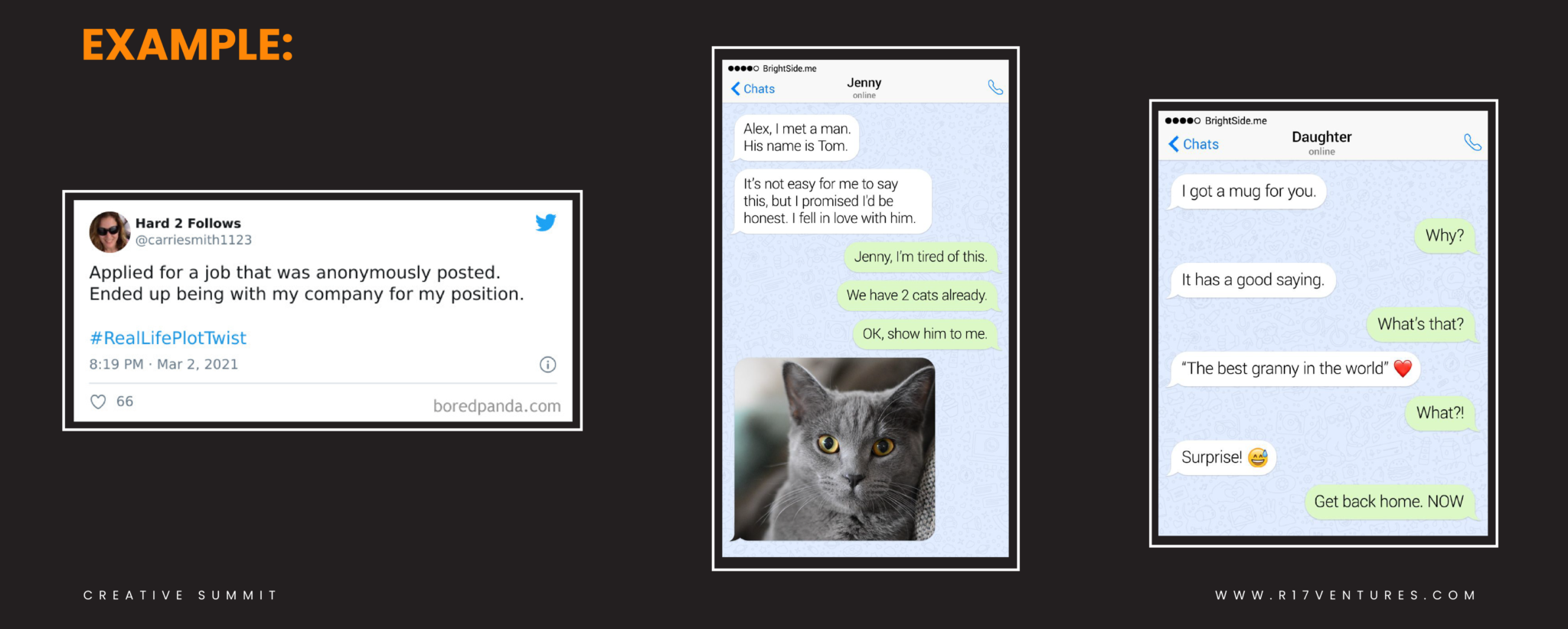
Incorporate pop culture into your content
People like to stay up to date. If you use content that is out of date, your brand often feels old-fashioned. Keep your finger on the pulse of pop culture and your brand will stay interesting and feel relevant.
Research shows that 62% of the most successful companies include pop culture in their marketing campaigns. Nostalgia also triggers strong feelings in your consumers. So it's best to mix current, relevant content with content that's always popular:
- Unforgettable film classics
- Memes about current topics
- Find out what your target group likes and use these references
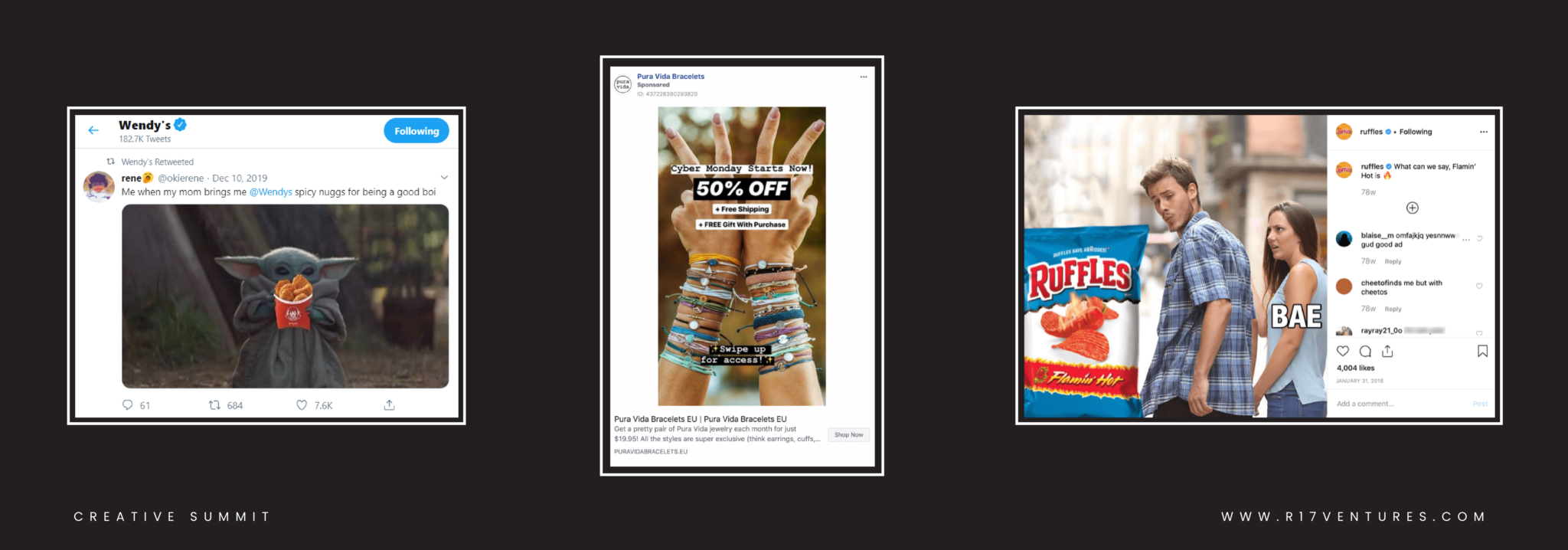
Evoke feelings of awe and amaze your audience
Why is Bigfoot so popular? Why is the thought of aliens or the Mariana Trench so fascinating? People love to be made to marvel or even feel a sense of awe. This also includes a wide range of other emotions that either bring joy, happiness, power, fear or anxiety. Throw the view of the mundane out the window.
Titles like <<Bigfoot actually has small feet>>, <<10 places you don't think exist>> or even just a picture of space and aliens will make your customer's jaw drop.
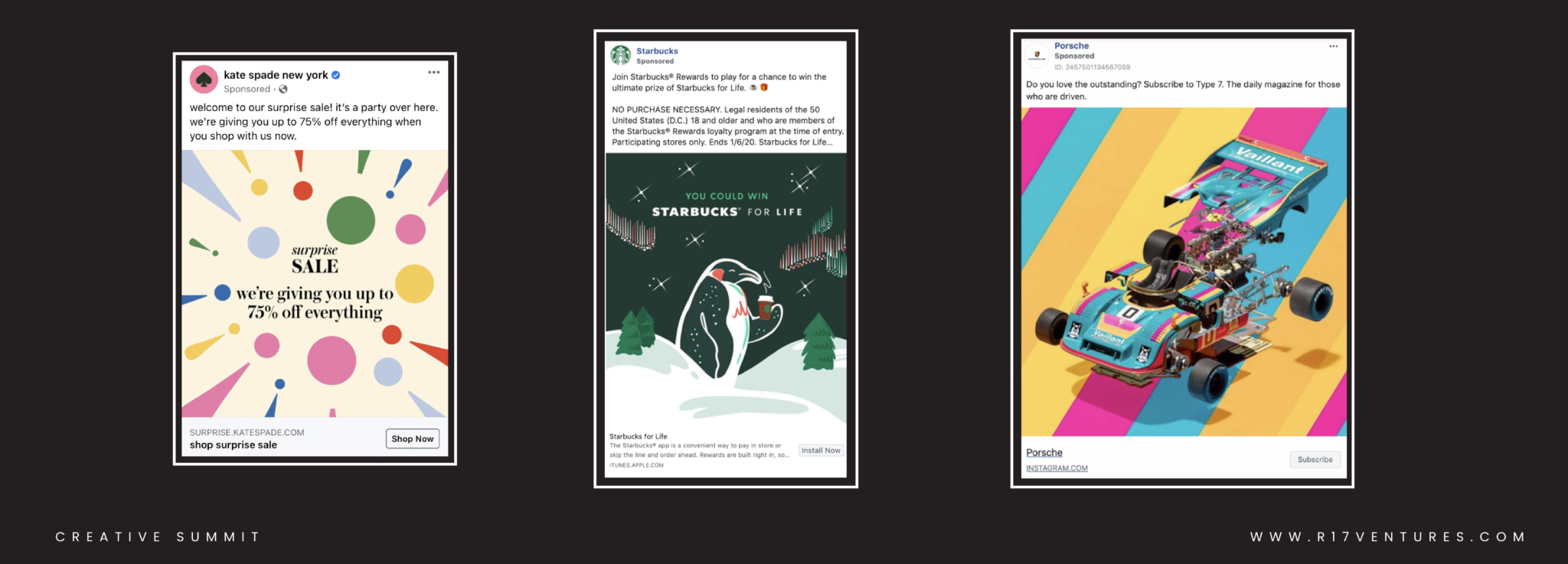
Inform your audience
Education conveys a feeling of superiority. People love the feeling of having answers to everything. It makes them feel important. Inform your target group with content that piques their interest. Instead of <<This product makes your hair grow>>, use a more appealing title like <<This hair growth formula makes your hair follicles grow toenails>>.
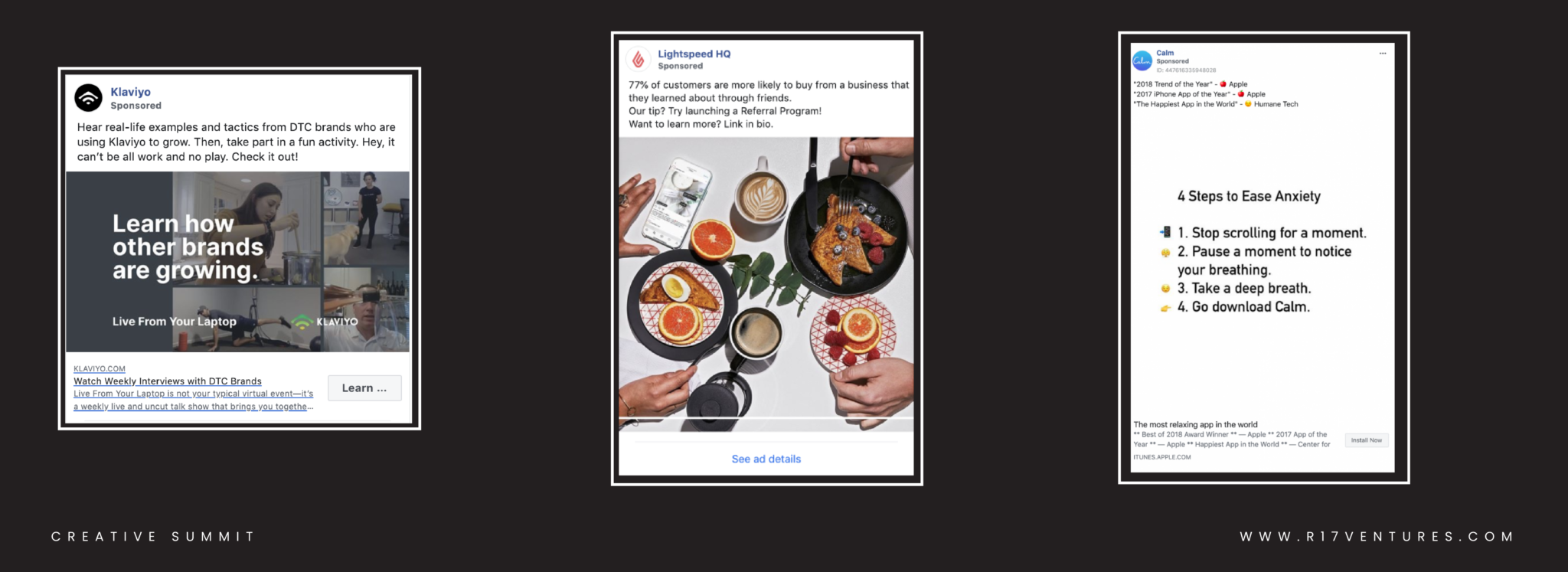
Create the ultimate guilt trip through traumatic marketing
In most cases, this can be a little extreme, as raising your audience's cortisol levels could be detrimental to your brand's emotional aesthetic. But using fear as a resource could, in turn, also be beneficial. It can evoke feelings of involvement and convey to the audience that what they are buying will also benefit others. This not only gives them a sense of accomplishment, but also takes away the guilt at the same time. Involve possible phobias of your target group in your campaign, such as global warming, deforestation, etc.
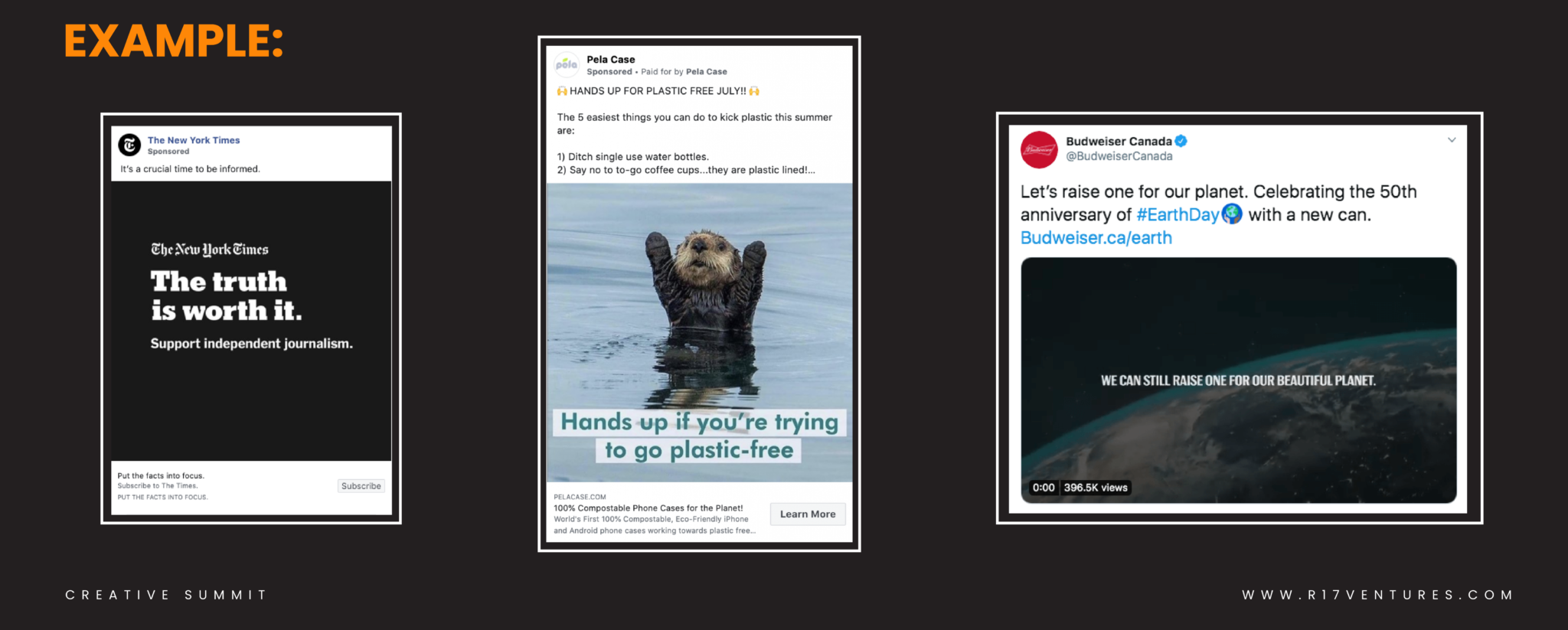
CONCLUSION: Emotions are the key to making your advertising memorable and effective
To attract consumers who convert, you cannot just banally advertise your product. Rather, you should create some form of emotional connection. Want to learn more about this topic? Then check out our video blog next week, where our Creative Director Taahir Hamza will talk in detail about the psychology of emotional design and its use in marketing in an interview with Raphael Rohner, CEO of R17 Ventures AG.


COMMENTS